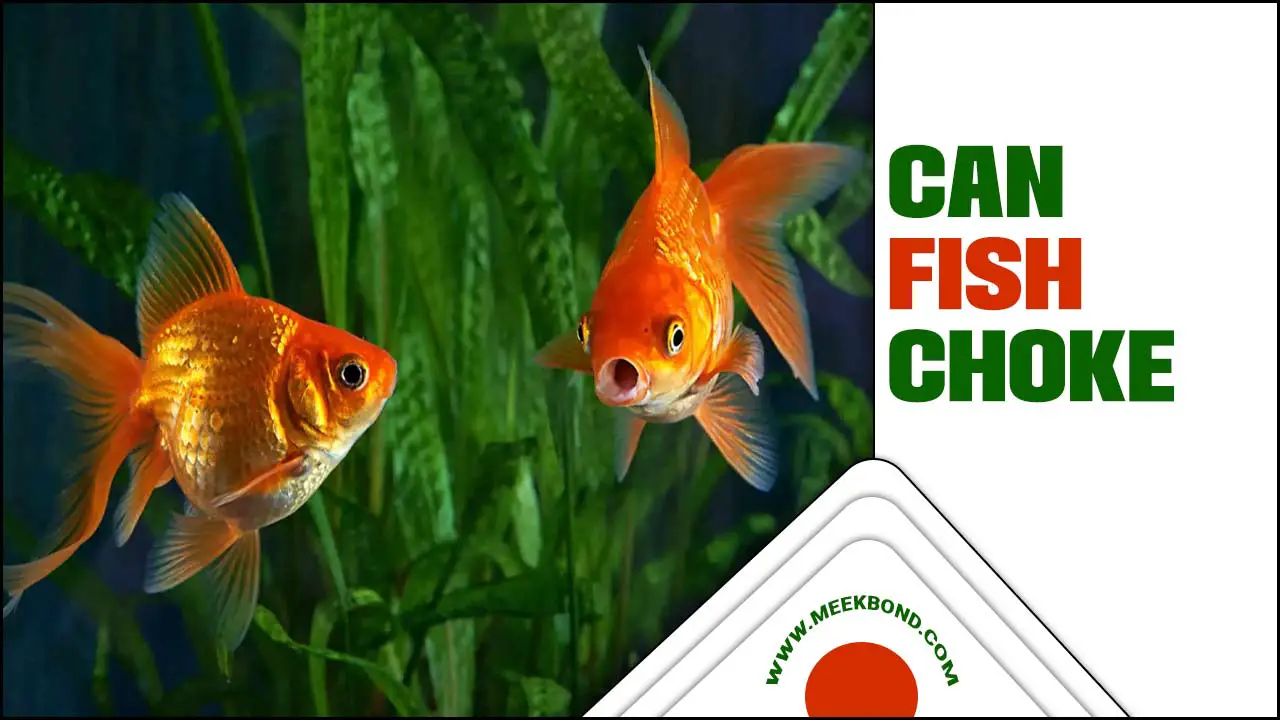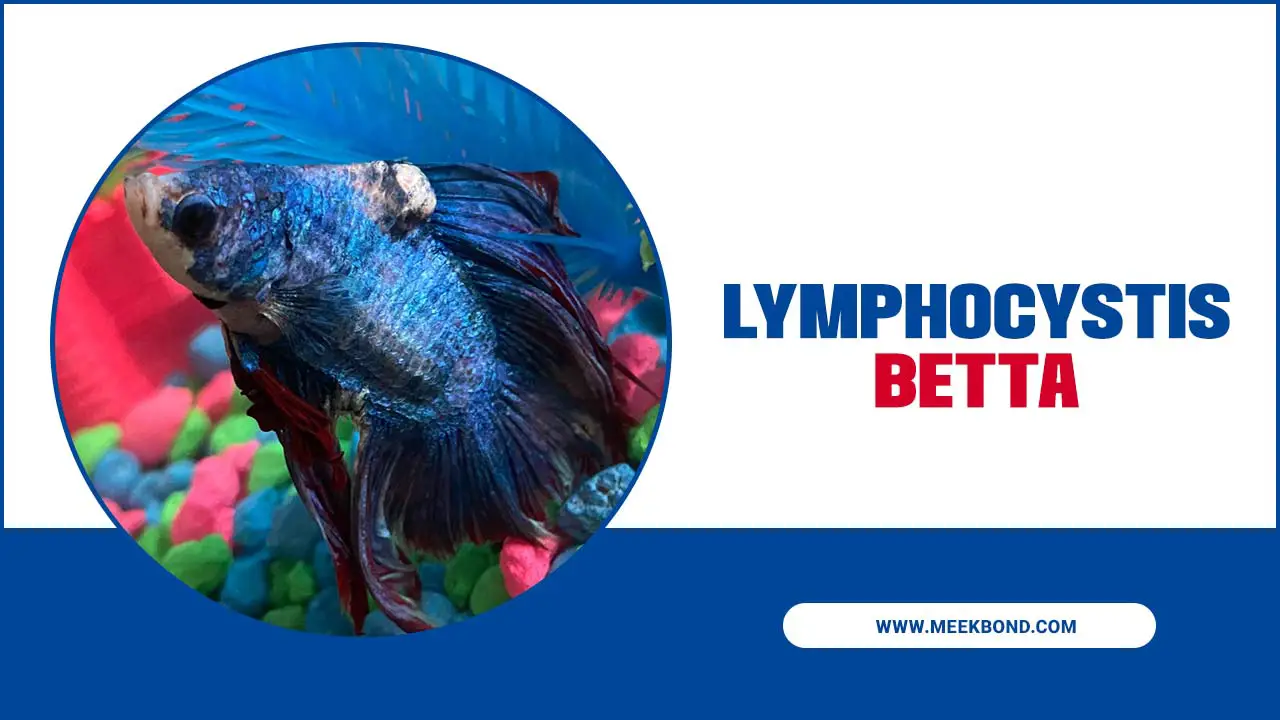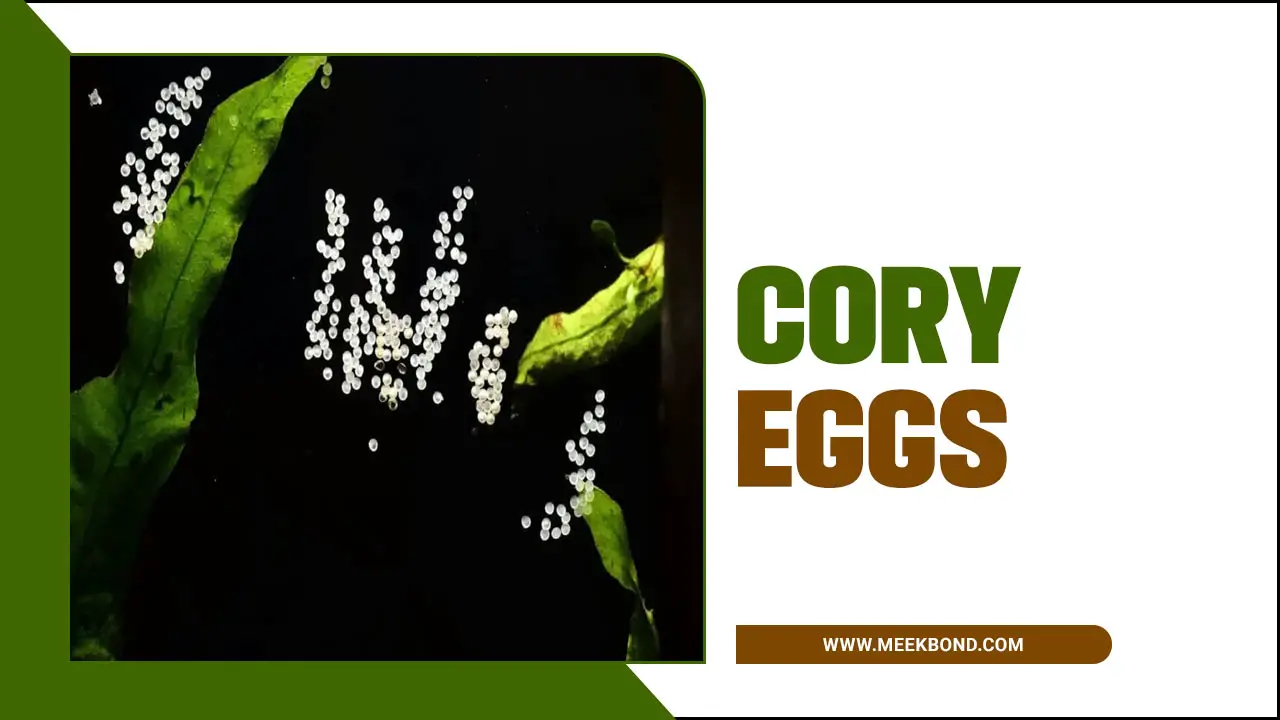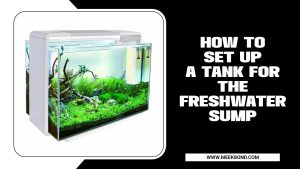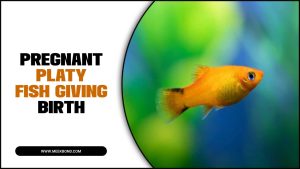Fish are an essential part of our ecosystem, providing countless benefits to human and aquatic life. However, these creatures are extremely sensitive to environmental changes and can easily fall victim to shock.
This can occur due to sudden changes in water temperature, pH levels, or even physical trauma. As responsible aquarium owners of aquatic pets, we must ensure their well-being and take necessary measures to prevent and handle shock.
Here, we will discuss the causes and symptoms of fish shock in detail and provide practical tips on how to save a fish from shock. By understanding the importance of a stable and suitable environment for our underwater companions, we can prevent shock and improve their overall health and lifespan.
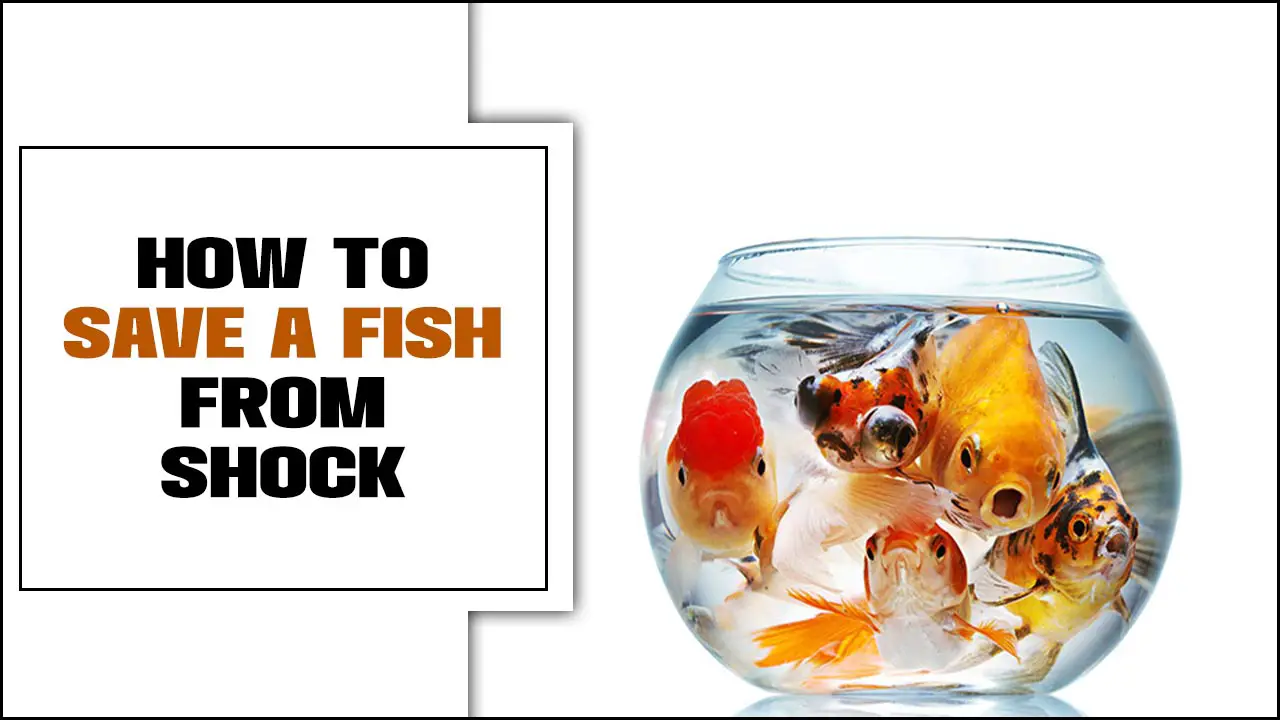
What Is Osmosis?
Osmosis is a process by which water molecules move across a semi-permeable membrane from an area of high water concentration to an area of low water concentration. In the context of saving a fish from shock, osmosis plays a crucial role in maintaining the balance of fluids and electrolytes within the fish’s body.
When a fish is exposed to sudden changes in water temperature or quality, it can experience osmotic shock and osmotic stress, which disrupts its internal equilibrium. To save a fish from shock, it is important to quickly transfer it to water with similar osmotic conditions to its natural habitat. This will help minimize stress and allow the fish to recover more effectively.
What Is Temperature Shock?
Temperature shock is a common phenomenon that can occur when introducing fish to a new environment with significantly different water temperatures. It happens when there is a sudden and drastic change in water temperature, causing stress to the fish.
This stress can weaken their immune system and make them more susceptible to diseases and infections. It is important for fish owners to be aware of the temperature requirements of their specific fish species and take steps to acclimate them gradually to any changes in water temperature.
Causes Of Shock In Fish
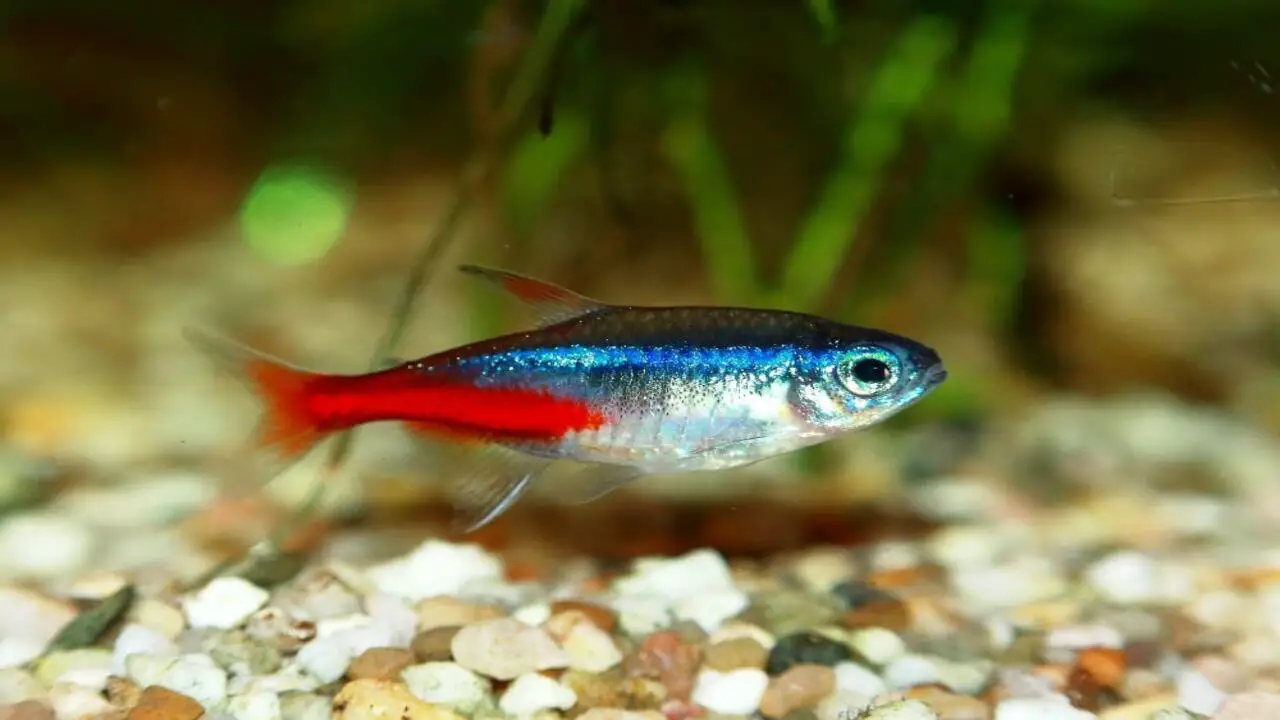
Shock can be a serious and potentially life-threatening condition for fish. Identifying and addressing the underlying cause of shock is important to save the fish. This may involve adjusting the water temperature and improving water quality through regular maintenance and testing.
Providing adequate space for each fish and taking necessary precautions during handling and transportation. Additionally, providing a calm and stress-free environment for the fish is crucial to aid in their recovery from shock. Several causes of shock in fish include poor water quality from tap water with high chlorine levels used to fill the fish tank.
- Sudden changes in water temperature
- Poor water quality, such as high levels of ammonia or nitrite
- Overcrowding in the aquarium
- Trauma or injury, such as from rough handling or aggressive tank mates
- Stress from transport or relocation
Symptoms Of Fish Shock
When a fish experiences shock, it can be stressful and potentially life-threatening. It is important to recognize the symptoms of fish shock so that you can take immediate action to save your fish. If you notice any of these symptoms in your fish, it is crucial to act quickly.
Remove the fish from the tank and place it in a separate container with clean, oxygenated water at the water’s surface. You can also add stress-reducing additives to the water to help calm the fish. Monitor its condition closely and consult a veterinarian if necessary. With prompt attention and proper care, you can increase the chances of saving your fish from shock. Here are some common symptoms to look out for:
- Gasping at the water’s surface
- Loss of balance or swimming erratically
- Sluggishness or lethargy
- Faded or discolored skin
- Rapid gill movement
Let’s Know How To Save A Fish From Shock
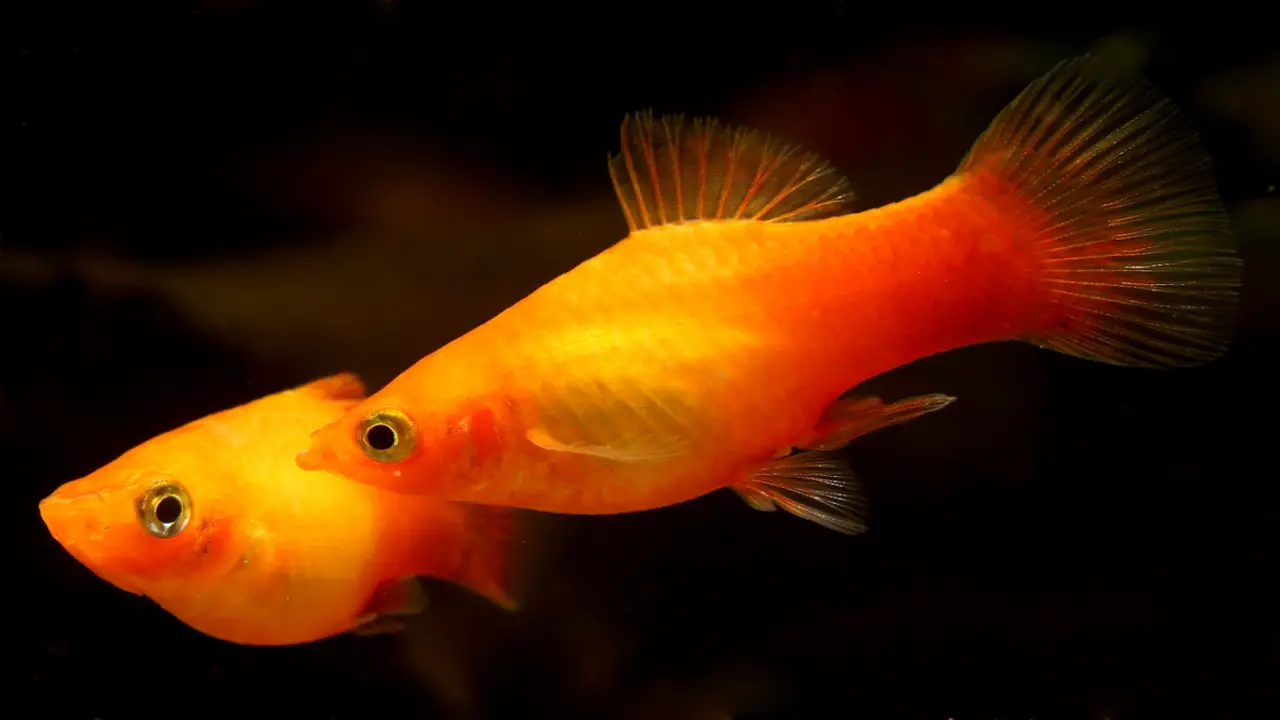
Oxygen deprivation is one of the main causes of shock in fish. Additionally, you should also adjust the water temperature gradually by adding small amounts of cooler or warmer water until it reaches a more comfortable level for your fish. It is also important to monitor the pH levels regularly and maintain them within a safe range.
Fish shock, also known as electric fish shock or electrofishing, is a method scientists and fisheries managers use to sample fish populations. It uses an electric current to temporarily stun fish, making them easier to capture and study. This technique allows researchers to collect data on fish species, abundance, and size distribution in a non-lethal manner. Here is an explanation of how to save a fish from shock:
Overfeeding
Overfeeding can be a common cause of shock in fish, but there are steps you can take to help save your aquatic friend. The first step is to remove any excess food from the original tank and do a partial water change to help restore the lack of oxygen levels in the water. It is also important to monitor the fish closely and provide any necessary medical treatment, such as adding aquarium salt or using a stress coat conditioner.
Maintaining a balanced diet and proper filtration are important for keeping fish healthy and preventing osmotic shock. If the fish shows no improvement after these efforts, consulting with a veterinarian specializing in aquatic animals may be necessary. By taking quick action and providing proper care, you can help save your fish from shock caused by overfeeding and ensure their continued health and happiness in their underwater home.
Hyper (Excess) Saltation
Hyper (Excess) Saltation can be a serious issue for fish, but there are steps you can take to save them from this condition. The first step is to remove the affected fish from the tank and place it in a separate container with clean water. You should also ensure the water in the main tank is clean and properly balanced. Adding aquarium salt can help to reduce stress and improve the overall health of your fish.
It is important to monitor the affected fish closely and watch for any signs of improvement or deterioration. If you notice worsening symptoms, you may consult a veterinarian or aquatic specialist for further treatment options.
Prevention is key in hyper-saltation, so maintain proper water quality and avoid overcrowding your tank. You can help your fish recover from this condition and keep them healthy for years with proper care and attention.
Shock If Kept With Other Pets
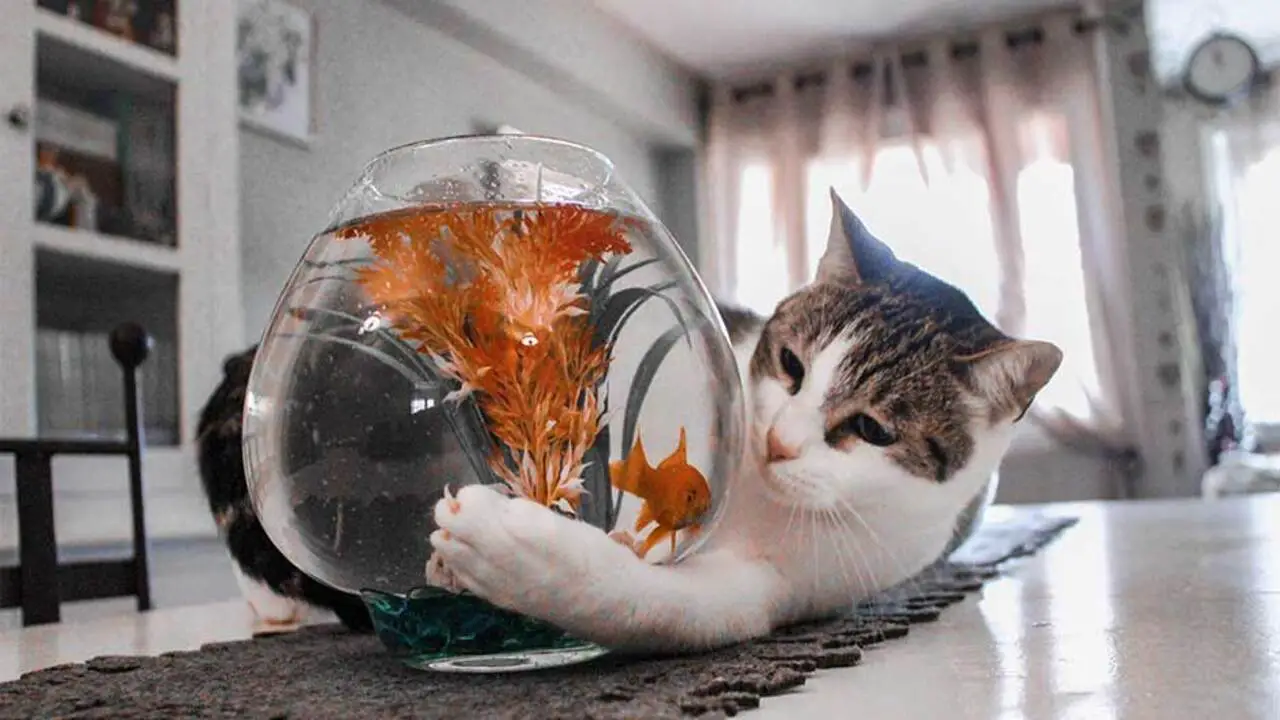
Regarding keeping fish as pets, knowing the potential for shock is important. Shock can occur when a fish is introduced to a new environment or when it is kept with other pets that may stress it out. If you notice your fish exhibiting signs of shock, such as lethargy or gasping for air, you can take a few steps to help save it.
First, ensure that the water in the tank is properly oxygenated and free from harmful chemicals. You may need to do a partial water change or add an air stone to increase oxygen levels. Next, remove any other pets from the vicinity of the tank to reduce stress on the fish.
Finally, monitor the fish closely and provide a quiet and calm environment to help it recover from the shock. Your fish should overcome the shock and return to its normal, healthy state with proper care and attention.
Bad Quality Water
If you suspect your fish is suffering from shock from bad-quality water, you can take a few steps to help save it. First, test the water to determine the cause of the poor quality. This can be done using a simple water testing kit that measures ammonia, nitrites, and nitrates levels. Once you have identified the problem, perform a partial water change using a water conditioner to dilute any toxins or chemicals in the tank.
Be sure to use a de-chlorinator when adding new water to avoid further stress on the fish. Additionally, consider adding an air stone or increasing surface agitation to increase oxygen levels in the water and help alleviate the stress on your fish. Finally, monitor your fish closely for any signs of improvement or worsening symptoms and adjust your actions accordingly.
Shock From Fish Parasites
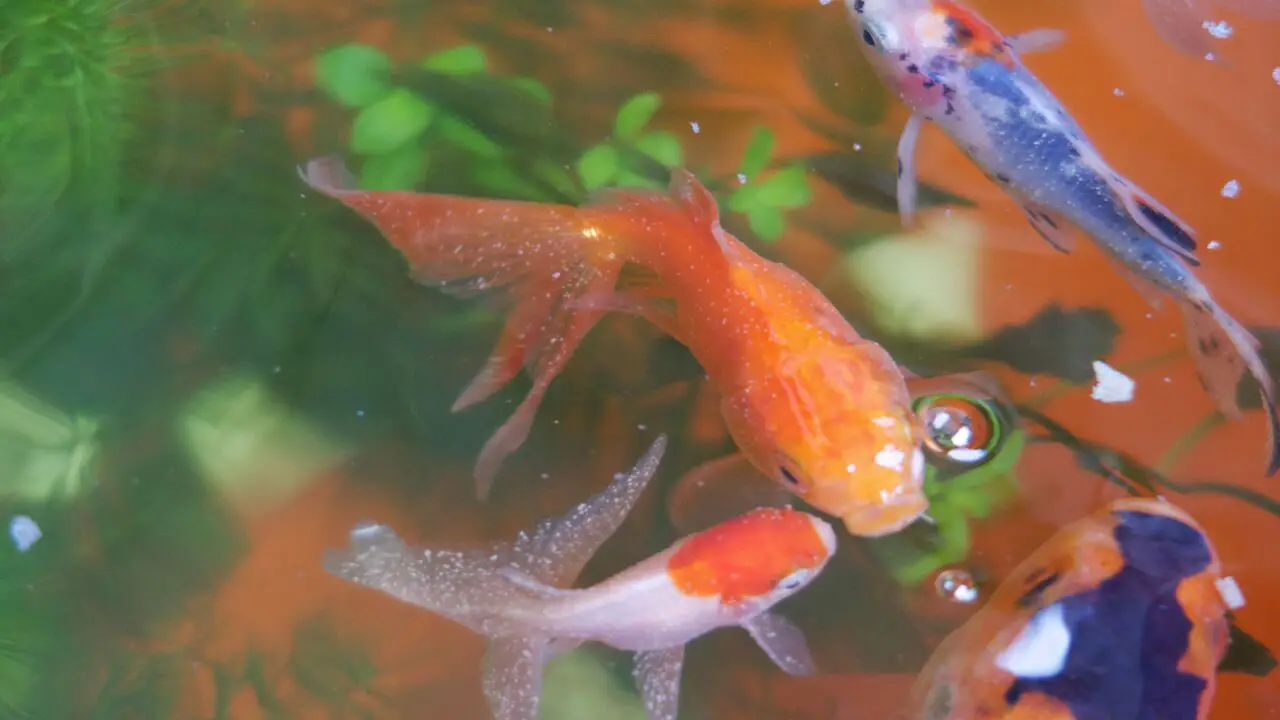
Prompt action is crucial when saving a fish from shock caused by parasites. Fish parasites can cause significant harm to their hosts, leading to stress, weakened immune systems, and even death. If you suspect that your fish may be affected by parasites. It is important to identify the specific type of parasite and take appropriate measures to address the issue.
This may involve isolating the affected fish, treating the tank with appropriate medications or natural remedies, and providing proper nutrition and care to help boost the fish’s immune system. Consulting with a veterinarian or an experienced fish keeper can provide valuable guidance in effectively treating and preventing parasitic infections in your fish.
PH Drastic Change
When saving a fish from shock caused by a drastic change in pH levels, there are a few important steps to take. First and foremost, it is crucial to monitor the pH levels of the aquarium regularly to catch any sudden drops or rises. If you notice a significant drop or rise in pH, it is important to act quickly.
Start by conducting a partial water change, replacing some of the aquarium water with fresh. Dechlorinated water that matches the desired pH level for your specific fish species. Additionally, consider adding a buffer solution or pH stabilizer to help bring the pH back within the acceptable range.
It is also recommended to closely observe your fish for any signs of distress or illness. And consult a veterinarian or experienced fish keeper for further guidance. By using an aquarium thermometer. You’ll be able to monitor tank temperature at all times and prevent them from getting too cold.
Sudden Temperature Change
Fish are hardy animals and can usually handle temperature changes, but sudden changes can still be dangerous. For example, fish may swim to the top to escape the heat if you live in a warm climate and your water tank gets too hot.
If the tank is too cold for water, fish may swim to the bottom to find a warmer place. When the temperature suddenly changes, fish can get caught in the middle and may get killed. Especially tropical fish, which are used to living in a stable temperature range.
Not only that, but fish can also become stressed and swim into dangerous water habitats (like power lines or storm drains) if you see any signs of heatstroke or Shock in your fish. Stop the exposure immediately and transport the fish to a safe place. The best way to protect them is by closely monitoring the temperature in your home and office.
Another Process To Reviving A Fish In Shock?

Reviving a fish in shock can be a delicate process, but thereare steps you can take to help save the fish’s life. First, carefully remove the fish from its current environment and place it in a clean container filled with fresh water. Ensure that the water temperature matches the fish’s natural habitat.
Next, gently move the fish back and forth in the water to stimulate its gills and encourage oxygen intake. Be patient and give the fish time to recover. Add an air stone or aquarium salt to the water to provide additional oxygen and support healing. Every moment counts when saving a fish in shock, so act quickly and calmly to give it the best chance of survival.
Prevention Of Osmotic Shock Fish
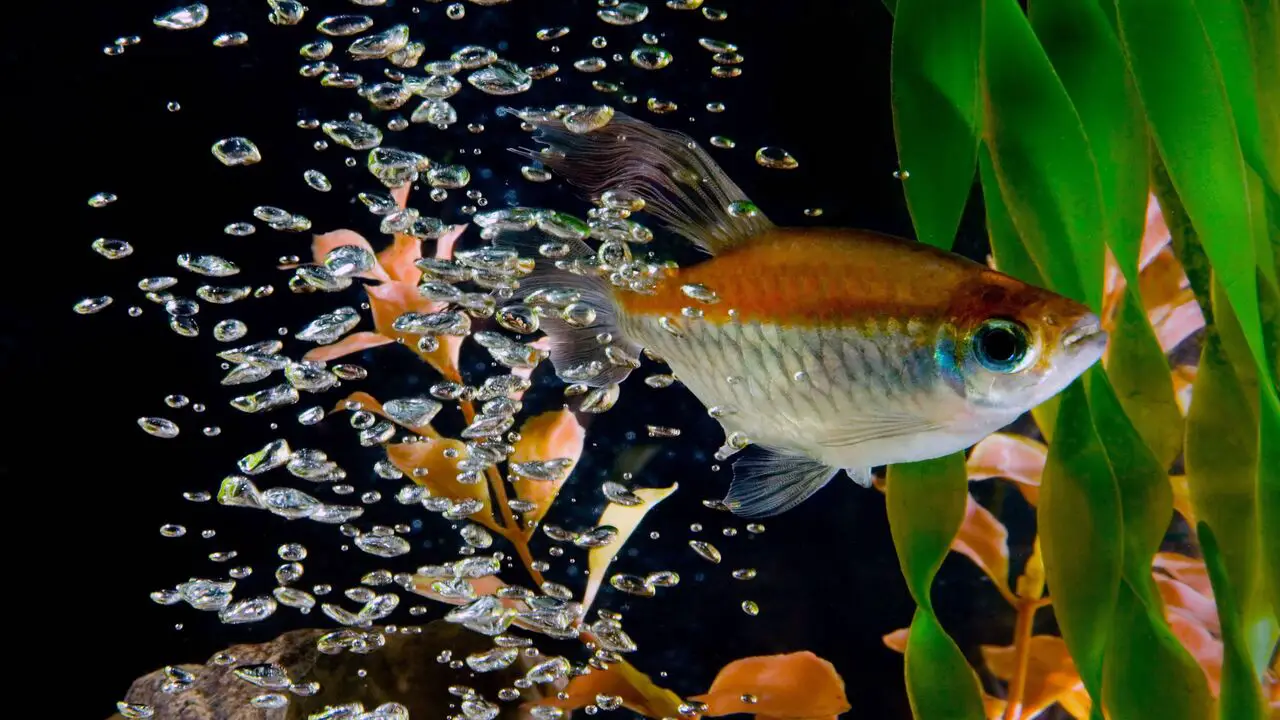
Prevention of osmotic shock in fish is crucial for their health and well-being. Osmotic shock occurs when there is a rapid change in the water’s salinity or temperature, causing stress to the fish and potentially leading to illness or death. Following these tips can help ensure your fish remains healthy and free from osmotic shock. Here are some tips to help prevent osmotic shock in your fish’s environment:
- Maintain Stable Water Conditions: Regularly test the water parameters such as pH, temperature, and salinity to ensure they remain within the optimal range for your specific fish species.
- Gradually Acclimate New Fish: When introducing new fish to your aquarium, it is important to acclimate them slowly to the new water conditions. This can be done by floating the bag containing the fish in the aquarium for 15-20 minutes and gradually adding small amounts of water to the bag every few minutes.
- Use A De-Chlorinator: Chlorine and chloramines in tap water can harm filing. A de-chlorinator will help remove these chemicals and make the water safe for your fish.
- Avoid Sudden Changes In Salinity Or Temperature: Sudden changes in salinity or temperature can be stressful for fish. If you need to adjust these parameters, do so gradually to allow the fish to adapt.
Conclusion
Knowing how to save a fish from shock is an important skill for any fish owner. By quickly identifying the signs of shock and taking appropriate action, you can help your fish recover and prevent further harm. Always provide a stable and healthy environment for your fish, and seek professional help if the situation seems severe.
With proper care and attention, your fish can thrive and continue to bring joy to your home and the fish’s body. It is important to remember that properly acclimating fish to their new environment is crucial for survival. By understanding the principles of osmosis and taking appropriate measures, you can increase the chances of successfully saving a fish from shock.
Frequently Asked Questions
What To Do When Your Fish Goes Into Shock?
Acting quickly when a fish goes into shock is important. First, check the water parameters and make sure they are within the appropriate range. Next, gently move the fish to a separate tank with clean water and add a de-chlorinator if needed. Monitor the fish closely and provide a quiet, stress-free environment.
How Do You Save A Stressed Fish?
To save a stressed fish, you can start by ensuring the water quality is appropriate for the species. Ensure the temperature, pH, and ammonia levels are within the recommended range. Provide hiding places and reduce any sources of stress, such as loud noises or sudden changes in the environment.
Can Fish Recover From Temperature Shock?
Fish can recover from temperature shock if the temperature change is not too extreme and is gradually adjusted. Sudden water temperature changes can harm fish, causing stress or even death. It is important to acclimate fish slowly to new water conditions to minimize the risk of temperature shock.
Do Fish Feel Shock?
Yes, fish can feel electric shocks. They have specialized sensory organs called ampullae of Lorenzini that detect electrical fields in the water. These organs allow them to navigate their environment and locate prey. When a fish encounters an electric shock, it can sense the disturbance in the surrounding water and react accordingly.
How Long Can A Fish Be In Shock?
The duration of shock in fish can vary depending on the cause and severity of the shock. In some cases, fish may recover from shock within a few hours, while in more severe cases, it may take several days or weeks to recover fully. Providing appropriate care and support is important to help the fish recover from shock.

Aquarium passion is all about connecting with the aquatic life and providing education to the public on the importance of these creatures. We showcase a wide variety of marine life through our exhibits as well as working with schools to provide unique learning opportunities for students of all ages.


